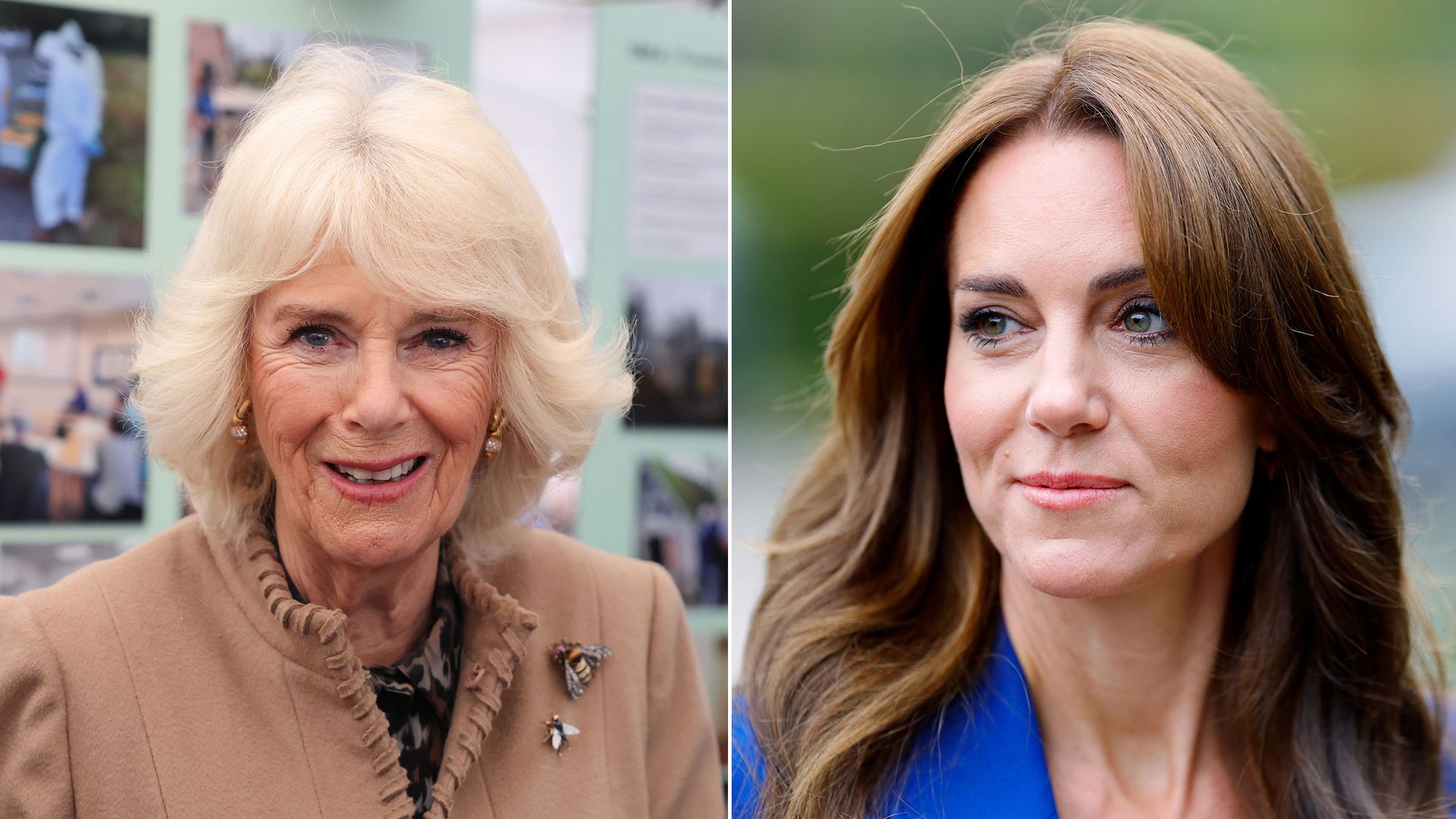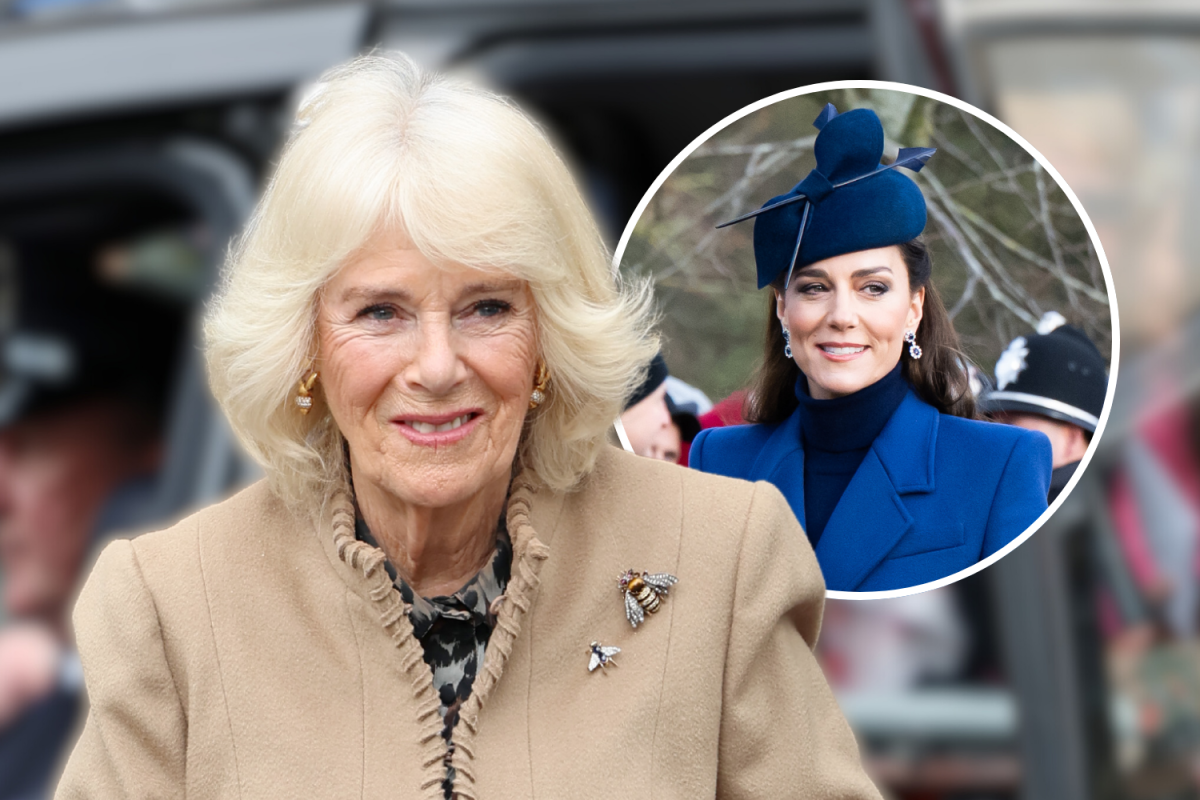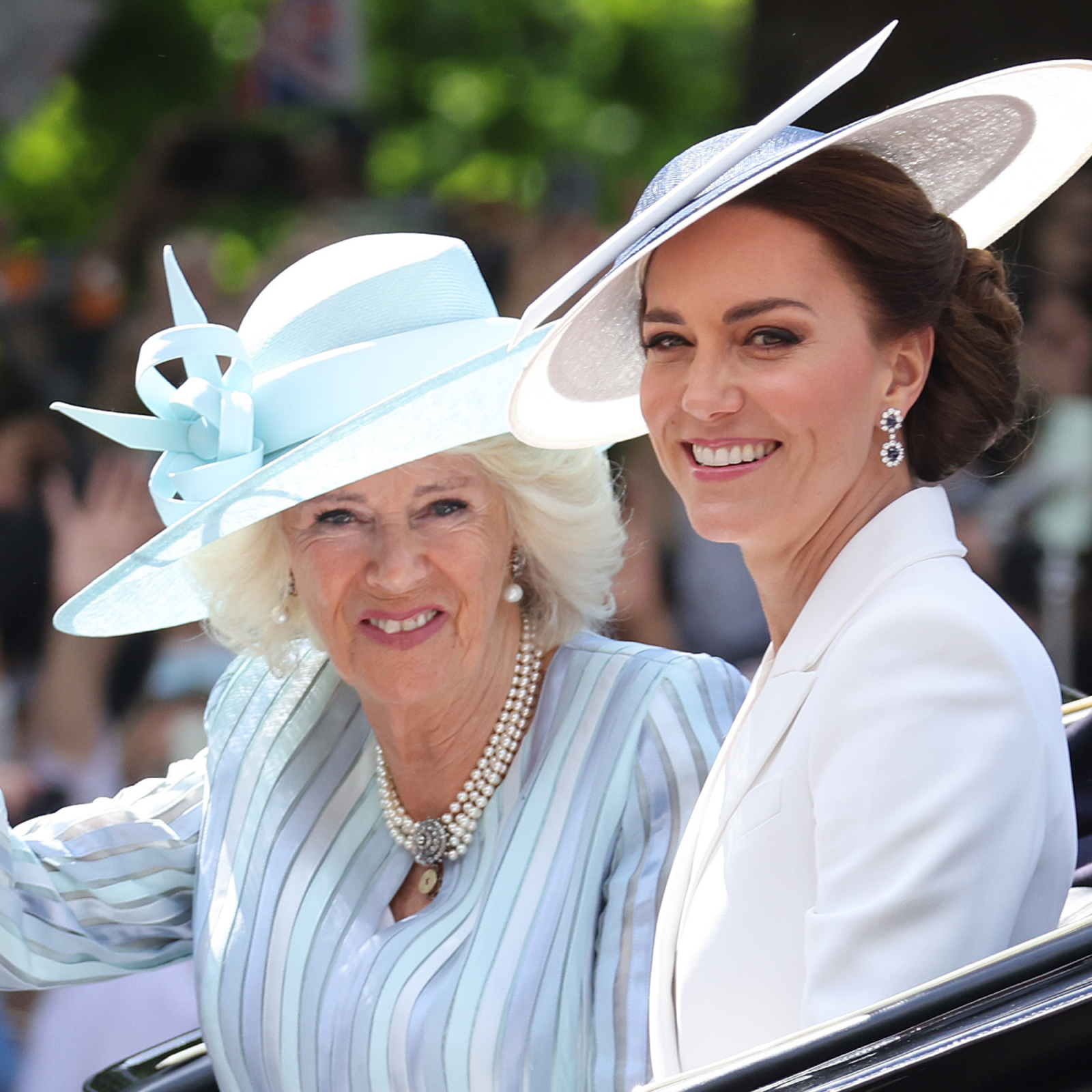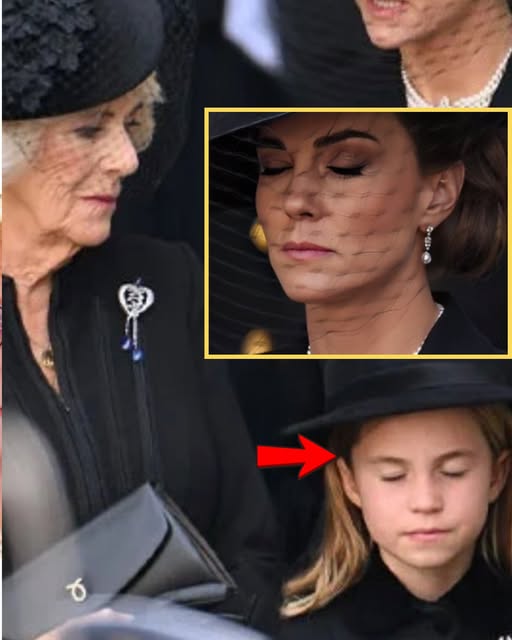The British Royal Family remains one of the most closely followed institutions in the world. With King Charles III now serving as monarch, both Queen Camilla and Princess Catherine, the Princess of Wales, have stepped into increasingly visible roles. Their contributions to public life, charity work, and the monarchy’s evolving image highlight the importance of women in shaping the Royal Family’s future.
Queen Camilla: From Duchess of Cornwall to Queen Consort
Her Path to the Role of Queen Consort
Born Camilla Rosemary Shand in 1947, Queen Camilla married King Charles III in 2005. For many years, she held the title Duchess of Cornwall. Following the passing of Queen Elizabeth II in September 2022, she assumed the role of Queen Consort alongside her husband’s accession to the throne.
Buckingham Palace confirmed that Queen Elizabeth II, before her death, expressed her wish that Camilla would take on this title when Charles became King. This endorsement cemented her position within the monarchy and marked a turning point in public acceptance of her role.
Charitable Focus and Patronages
Queen Camilla is associated with over 90 charities and organizations, according to the Royal Family’s official website. Her areas of focus include:
-
Health and Osteoporosis Awareness: She has been a long-time advocate for raising awareness about osteoporosis, a condition that affected her own family.
-
Literacy Initiatives: Camilla has championed reading and literacy programs, including her work with the National Literacy Trust.
-
Support for Victims of Domestic Violence: She has supported charities working with survivors of abuse, giving public speeches to highlight the importance of breaking the stigma.
A Modern Role in the Monarchy
As Queen Consort, Camilla’s responsibilities extend beyond charity. She accompanies King Charles III on official state visits, hosts dignitaries, and represents the Crown at major national events. Her increasing visibility reflects her role in supporting the King and strengthening the monarchy’s presence at home and abroad.

Princess Catherine: The Modern Face of the Monarchy
From Duchess of Cambridge to Princess of Wales
Born Catherine Middleton in 1982, Princess Kate married Prince William in 2011. For over a decade, she was known as the Duchess of Cambridge. Following the passing of Queen Elizabeth II and King Charles III’s accession, she was granted the title Princess of Wales, the same title once held by the late Princess Diana.
This transition elevated her role and responsibilities within the monarchy, placing her alongside Prince William as the next generation’s leading royal couple.
Focus on Early Childhood Development
One of Princess Catherine’s most significant contributions is her dedication to early childhood initiatives. In 2021, she launched the Royal Foundation Centre for Early Childhood, which emphasizes the importance of the first five years of life in shaping long-term well-being.
Her commitment to this area is well-documented, with campaigns aimed at raising awareness among parents, educators, and policymakers. This focus demonstrates her efforts to make lasting contributions beyond traditional royal duties.

Mental Health Advocacy
Princess Kate, along with Prince William and Prince Harry, co-founded the Heads Together campaign in 2016, focusing on mental health awareness. She has since continued her work by supporting mental health charities, visiting schools, and speaking publicly about the importance of breaking the stigma around mental health struggles.
Patronages and Public Engagements
Princess Catherine is a patron of numerous organizations covering education, health, sports, and the arts. Notable areas include:
-
Sports and Physical Activity: As a keen sports enthusiast, she promotes physical health, particularly among young people.
-
Arts and Heritage: She supports the National Portrait Gallery and the V&A Museum, reflecting her interest in the arts.
-
Health and Family Welfare: Her patronage extends to children’s hospitals and family support services.

Shared Roles: Supporting the Crown
Although Queen Camilla and Princess Catherine come from different backgrounds, they share a common responsibility: supporting the monarchy’s stability and continuity.
Both women represent the Crown at public events, engage with communities, and highlight causes that align with their personal values. Their efforts reflect the modern expectation that members of the Royal Family balance tradition with relevance in today’s world.
Public Perception and Media Coverage
The roles of Queen Camilla and Princess Catherine have not always been free of public debate. Camilla, in particular, faced years of scrutiny before her acceptance as Queen Consort. However, public opinion has shifted over time, with recognition of her charitable contributions and dedication to King Charles.
Princess Catherine, on the other hand, has often been described in media as a unifying figure, admired for her composure and her focus on family-oriented initiatives. Her popularity continues to grow as she balances her royal responsibilities with her role as a mother of three.

The Future of the Monarchy
As King Charles III leads the monarchy into a new era, Queen Camilla and Princess Catherine will remain central figures. Camilla’s role as a supportive partner to the King ensures continuity, while Catherine’s position alongside Prince William symbolizes the future of the Crown.
Their combined influence is shaping a monarchy that seeks to remain relevant and connected to the public. By focusing on education, health, literacy, and family, both women contribute to a vision of service that extends beyond ceremony.

Conclusion
The British monarchy continues to evolve under King Charles III, with Queen Camilla and Princess Catherine playing vital roles in its public image and responsibilities.
-
Queen Camilla brings decades of charitable advocacy and now supports the King as Queen Consort, representing stability and dedication.
-
Princess Catherine embodies the future of the monarchy, focusing on early childhood development, mental health, and modern engagement with the public.
Together, they demonstrate how the Royal Family adapts to contemporary expectations while maintaining traditions. Their work highlights that behind the titles are individuals committed to service, duty, and lasting social impact.

